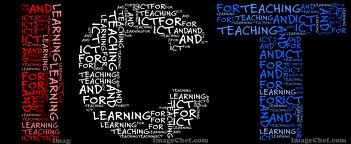As mentioned in my previous blog, there is a huge potential for learning through the exploration of computer based games and this week we investigate this further.
A generation of children are hooked on Nintendo DS and Wii but surely there's no place for it in the classroom?
Presented in the right way, there can be!
Nintendogs
This game could be a way of introducing the concept of "variation" at Key Stage 1 with Science. The children could identify similarities and differences between various breeds of dogs through caring for them.
Professor Layton
This is a great game to utilise at Key Stage 2 in Literacy. Various characters are introduced in this game and the children can research these characters and write about them. An example would be creating a ransom poster and identifying key traits that could be included.
Endless Ocean
A great discovery game that could be used at Key Stage 1 in terms of describing the various similarities and differences of fish that are found under the ocean.
Tim Rylands - MYST and games based learning
Tim Rylands truly believes in the value of games based software, such as MYST, at Primary level and how it really can be brought into every classroom at every level. Check out this video below of a short interview with Tim Rylands:
http://getideas.org/getinsight/video-games-for-learning-a-conversation-with-tim-rylands/
Games such as MYST (displaying virtual moving images) could be used in the classroom to fuel the imagination of children before writing a creative piece in Literacy.
Simulation Programs
The aim is to challenge the children and provoke logical thinking and questioning with each other, through the playing of games. Kent ICT have various simulation games on their website which engage children in these skills; check out their link below:
http://www.kenttrustweb.org.uk/kentict/kentict_theme_home.cfm
I experimented with poissonrouge.com at Year 1 and discovered various cartoon fantasy worlds. There are no instructions on the site which means the children make their own decisions on how and where they wish to navigate. This is a fantastic interactive world where there are lots of opportunities to logically work out patterns and to question what might happen next; transferable skills that could be used in Numeracy when problem solving.
M Learning
This is achieved through the use of pocket sized computers which children can carry around with them e.g. mobile phones. An innovative way that M learning was used with Year 5 and 6 children involved children creating an advertising campaign for an imaginary tour bus business. This culminated with children visiting the centre of London and asking tourists whether they would be prepared to pay for their tour bus service based on the advertising campaign they were shown on their mobile phones. Once again an excellent example of technology inspiring creativity!




